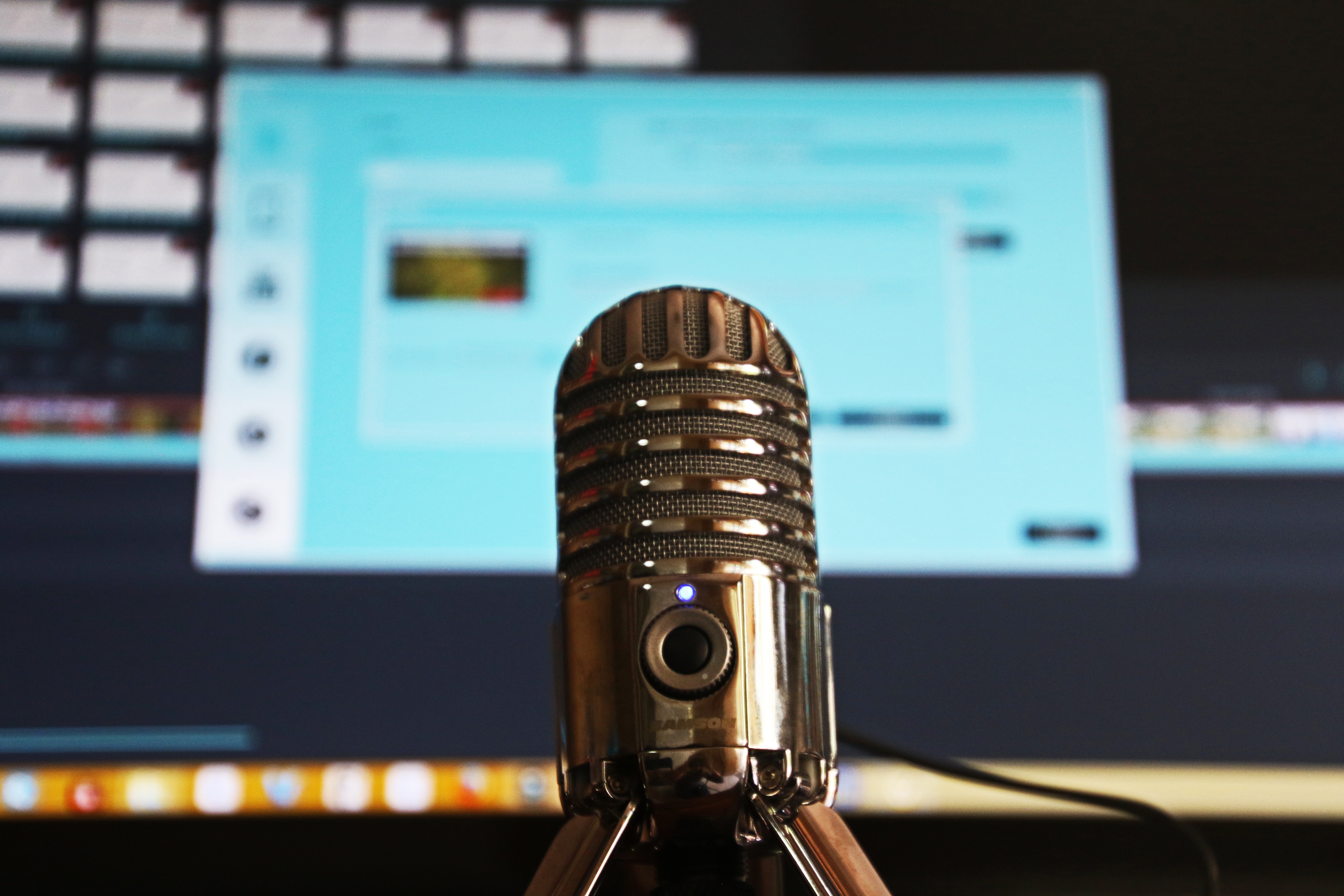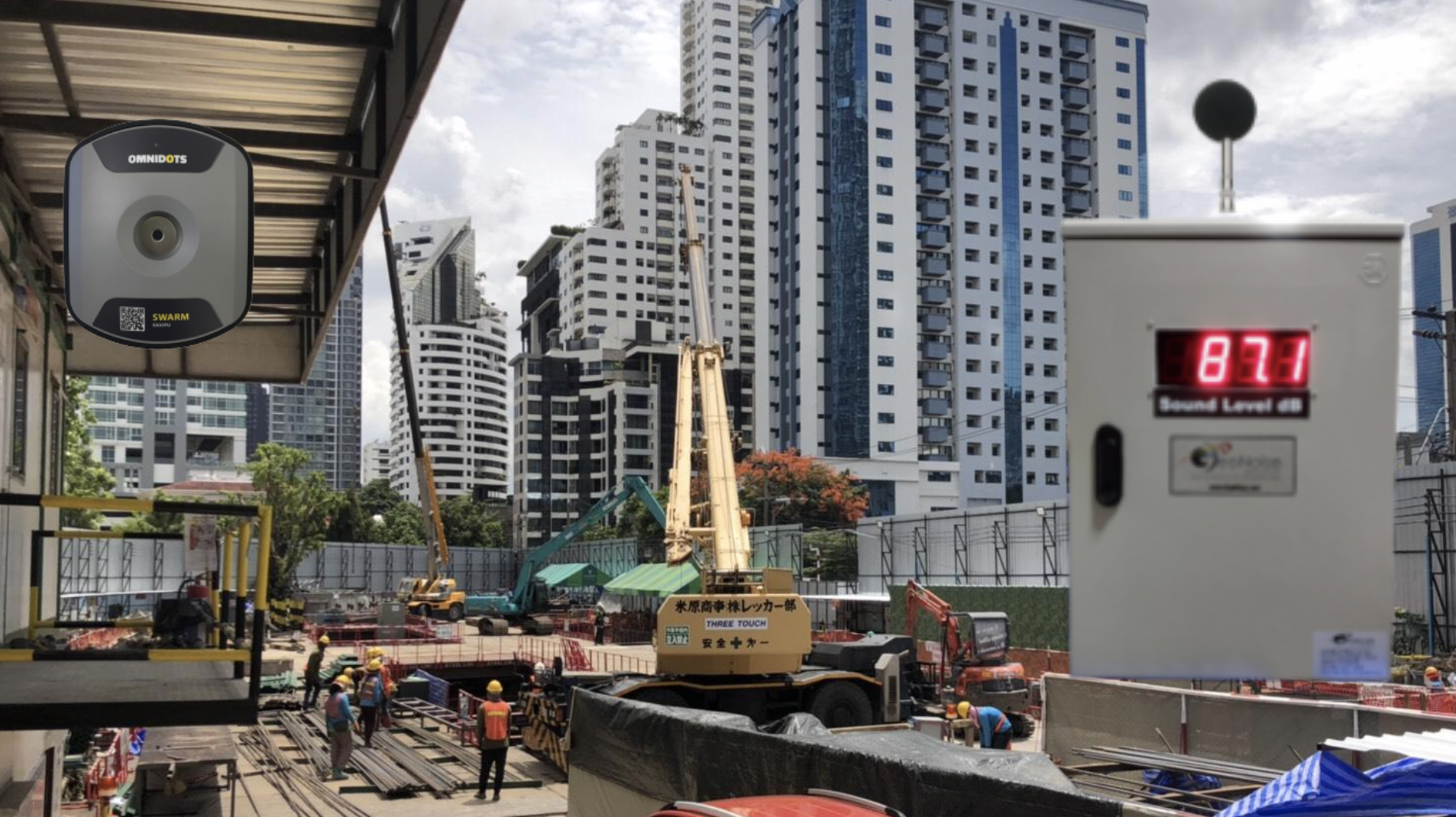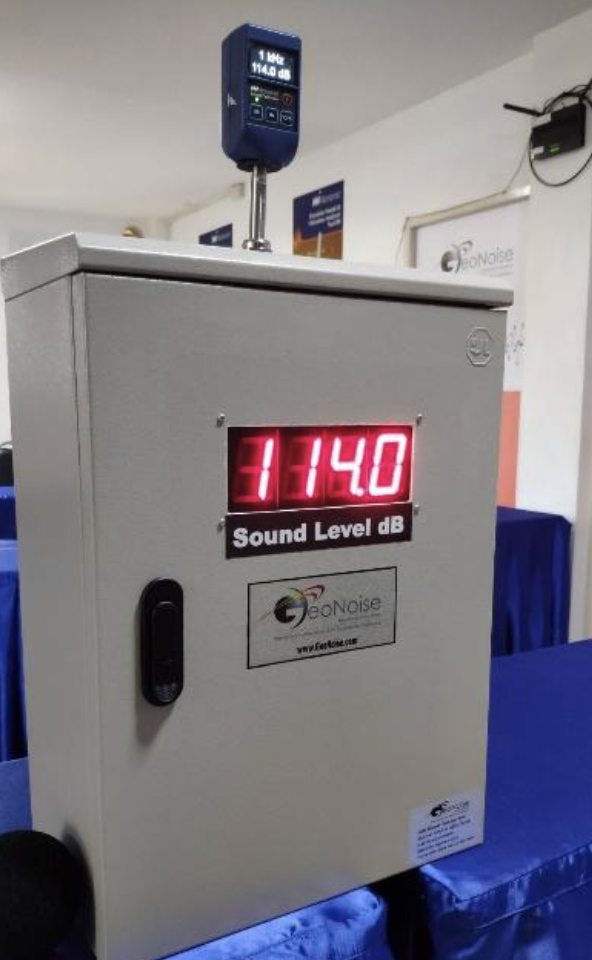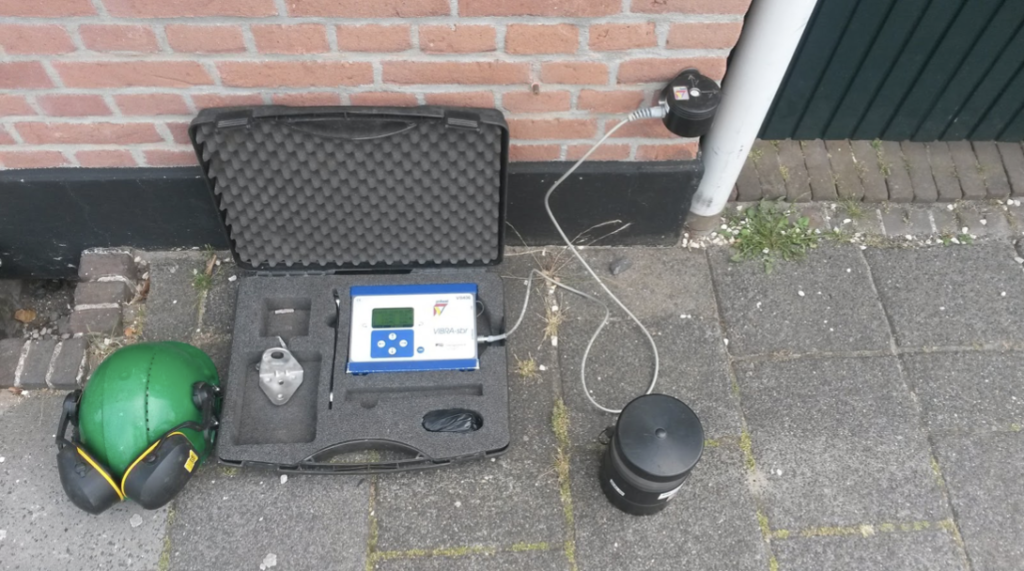Many bars, cafés, and restaurants have been built in Asia, that is one of the indications that the hospitality industry is moving forward. Our need for entertainment, refreshing our mood, and communication with friends, family members, or business clients are reasons why we need the hospitality Industry such as; bars, cafés, and restaurants as a place for us to do that kind of activities. Comfortableness becomes a top priority to determine if a bar, café, or restaurant is a pleasant place to be or not. One of the criteria is comfortableness in acoustics aspect, how easy the customers can have a conversation, a relaxed ambience and quietness. In Asia, especially in developing countries, acoustic comfort in bars, cafes or restaurants is not yet a major concern, even though the effect will be huge for their visitors’ comfort. One example of the impact of bad acoustic design on a cafe or restaurant is the difficulty of communicating, even though one of the things that visitors want to do is chat with family, friends or work partners. This situation will give a bad impression of the café or restaurant and reduce the number of visitors to the café or restaurant.
In this article, the author will discuss the research conducted by Lauren H. Christie and J. R. H. Bell Booth – Victoria University of Wellington. This study is titled “Acoustics in the Hospitality Industry: A Subjective and Objective Analysis” this research examining several Bars, Cafes, and Restaurants around Wellington CBD related to acoustic comfort based on objective and subjective parameters which are then compared to AS / NZA 2107:2000.
The results of the research at the cafés, bars and restaurants in Wellington CBD found that the average noise level that occurred was 80 dBA and could even reach as high as 110 dBA. If it is compared with the level of sensitivity of human hearing to speech that only ranges from 48 dBA to 72 dBA [AS / NZA 2107: 2000] this very much exceeds the limit. The NC (Noise Criteria) suggested in this study are:
- Bar : 45 – 50 dBA
- Café : 45 – 50 dBA
- Restaurant : 35 – 50 dBA
As reviewed earlier, research conducted by Lauren H. Christie and J. R. H. Bell Booth takes 2 parameters, they are subjective and objective parameters. Subjective consists of a Survey Questionnaire that is spread to visitors about the information conveyed, the ability to listen, the dominant difficulties that occur, and the desired ideal conditions. This is called subjective because it is qualitative and is adjusted to personal tendencies. The second parameter is Objective, consisting of measured parameters such as BN (Background Noise), Leq, RT (Reverberation Time), STI (Normal, Rise, Loud, Shout).
BN is measured by measuring the level of sound pressure in conditions without visitors, the use is as an acoustic base value without additional noise. Leq is the average noise over a period of time, this is done as sample information on the noise value of the place. RT or Reverberation Time is the time required for the sound to decay as much as 60 dB, this parameter is used as a base for evaluating the comfort of the conversation or music in a room, RT that is too high will make someone difficult to communicate because the sound will be reflected and reduce the clarity of the conversation. STI or Speech Transmission Index is a parameter to assess the level of comfort in terms of listening to speech or conversation, the value ranges from 0 to 1 with a value of 1 is perfect or very clear STI.
The age range of visitors looks similar if evaluated based on the survey, most visitors in a bar are under 25 years old, while in the cafés and restaurants most visitors are in the range of 25 – 35 years old. Based on the survey results, the need for acoustic quality related to the highest conversations is in restaurants, followed by cafés and bars. This is very clear because the restaurant visitors have a lot of verbal interaction or direct communication when eating. At the café, there tends to be less communication and more listening to the ambiance and relaxing music with less communication if we compare it with a restaurant. The last ranked is the bar, visitors will only listen to music to arouse their mood and rarely communicate. The highest source of noise comes from other visitors’ communications, which is followed by the sound of music and kitchen equipment.
Acoustic comfort based on survey results or subjective parameters are as follows:
Restaurant
- Restaurants are expected to have a low Background Noise and a good STI, but the actual situation in most of the restaurants researched is far from that.
- Privacy is a very important variable in a restaurant.
- The clarity in terms of speech is low.
- Visitors in the restaurants are very difficult to be heard/understood when they are talking.
Bars
- Bar customers said that a bar is more acceptable to noise than a cafe or restaurant.
- Even though it is difficult to communicate, the bar can be accepted by visitors.
- Bar customers need more effort to communicate.
- The type of people who visit the bar are people who are accustomed to noisy environments.
Café
- People who often visit a café find it easy to communicate at the café.
- Clarity of speech is seen as a more important factor than the visitor’s environment.
- Café is also rated as the most unacceptable environment from this acoustic-related survey.
Based on objective parameters, the results are: BN (Background Noise is in the range of 34 dBA (Leq) to 81 dBA (Leq), where 60% of the data is worth more than 50 dBA (Maximum level in AS / NZA 2107: 2000). After measuring with visitors inside, the level of the noise reaches 25dB beyond the maximum visited level, but when compared to the OSH recommendation safety limit, 85 dBA (Leq), the value is still below the threshold (the highest level of measurement is 81 dBA).
For the RT value, both the bars, cafés and restaurants are within the standard of <1.0 S. STI rating is found to be very diverse, but from the use of the 4 types of sound that are normal, raised, loud, and shout the same pattern is obtained, the higher the sound level, the better STI. From this research, we know that there are differences in preferences of acoustic comfort factors in bars, cafes, and restaurants. The difference in preferences is due to differences in the main functions of each hospitality industry. At the restaurant, visitors expect to be able to communicate well in one scope of the table and maintained privacy from the scope of another table. At the café, the need for tranquility is the main thing and the need for communication is not as high as the restaurant. At the bar, the main needs of visitors are listening to music and not too concerned about communication difficulties.
So, has your hospitality industry considered acoustic comfort? It’s a very important aspect to keep visitors coming back to your venue!
Written by:
Betabayu Santika
Acoustic Design Engineer
Geonoise Indonesia
Beta@geonoise.asia
Source:
AS/NZS 2107 (2000). Acoustics – Recommended design sound levels and reverberation times for building
interiors. Australian/New Zealand Standards: Sydney/Wellington.
Bell-Booth, J. R.H. (2004). Methodology Research.
Christie, L. H. (2004). Acoustical Comfort: Research Design into Measuring Restaurants and
Bars Acoustic Environments.
Christie, L. H. & Bell-Booth, J. R.H. – Acoustics in the Hospitality Industry: A Subjective and Objective Analysis






















